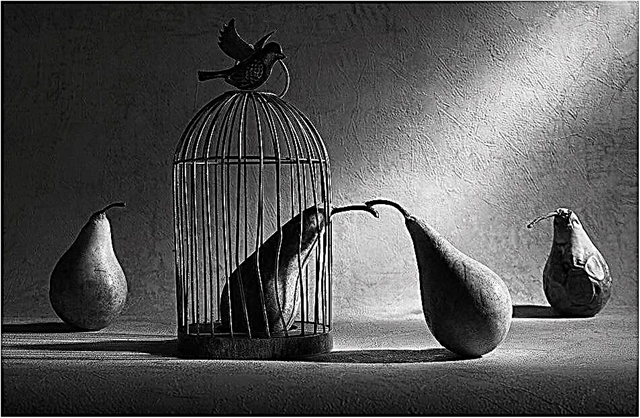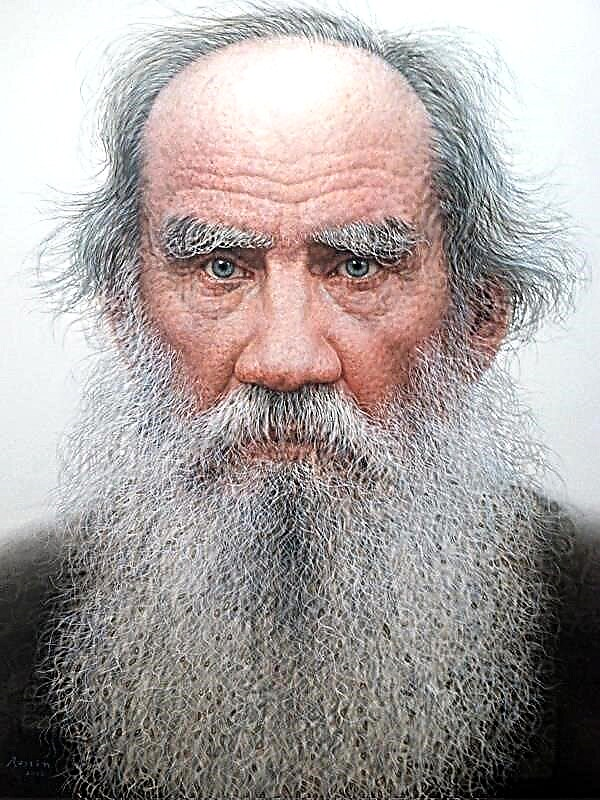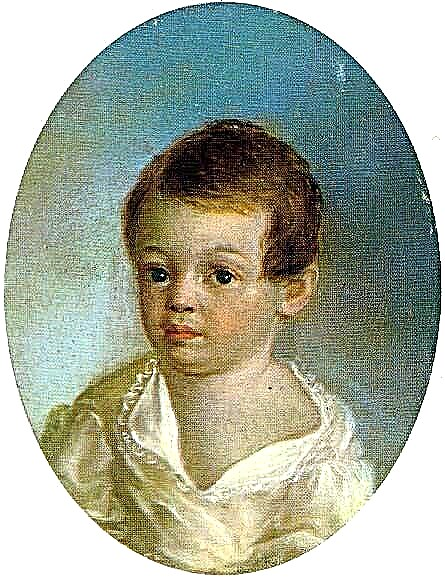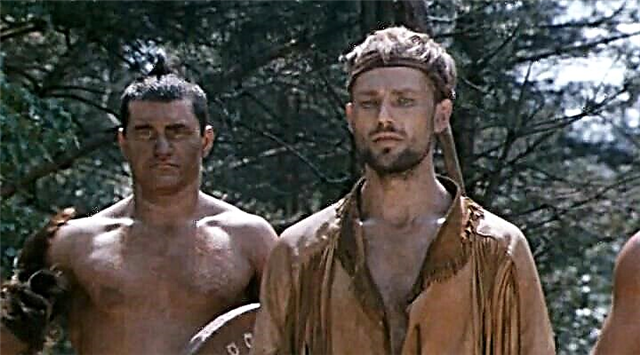(465 words) The poem was written in 1877. This is an epic poem, not only a large number of characters and a lot of storylines speak about this, but also a wide folk problem. Nekrasov worked on his work for twenty years, trying to cover all walks of life: from the peasantry to the tsar’s power, trying to work through and turn all the social problems hidden from the eyes, to collect one big masterpiece bit by bit. However, the poem was not completed due to the death of Nekrasov.
In the very title “To whom it is good to live in Russia ...” the author denotes the main problem of the poem - the problem of national happiness, as well as the central image - the great Russian people. In the story, several peasant truth-seekers go on a kind of “tour” through the expanses of our country to find out “Who lives happily, freely in Russia”.
The names of the places where they come from speak of the plight of the people in them: the villages of Zaplatovo, Dyryavino, Razutovo, Znobishino, Gorelovo, Neyelovo, Terpegoryev district and so on. It is on the problem of the lack of popular happiness that the poem is built. It clearly depicts the hard, hungry life of the peasants.
The poem was written in the nineteenth century - after the adoption of the reform on the abolition of serfdom (1861). This became the main motive for writing the work. And although the peasantry (according to the idea of the authorities) was supposed to free itself from serfdom, now, instead of the landowner, they will “mock” the common people and take the volost fee (elected senior official of the volost, the administrative unit of peasant self-government in the Russian Empire).
The work has several images of people from the people. Peasants who are actively protesting and want to change everything, however, to the part of "Savely, the hero of the Holy Communist Russia" this protest does not follow in calls for rebellion and strikes.
It is impossible to talk about the people and their character without concrete examples of peasant fighters for justice. That was Yakim Nagoy. He is represented by the author as a righteous man, a hard worker who is miserable. He is hardworking, smart. He knows perfectly well why people live so poorly. In this image, the peculiar character of the popular truth-seeker, the peasant “righteous” is embodied. Yermil Girin is also distinguished by intelligence and love of truth. He is a competent man (because he was previously a clerk). He was known for his justice, selflessness, so the people chose him as headman. However, Nekrasov does not idealize his image: Yermil, having regretted his younger brother, appoints Vlasyevna’s son to be recruited, and then, in a fit of repentance, nearly commits suicide.
And only in the chapter “Saveliy - the Bogatyr of the Svyatoressky” does the peasant protest result in a riot, which ends with the brutal murder of the oppressor. Peasant riots arose spontaneously as a response to the brutal oppression of the peasants by the landlords and their estates.
In the final of the work, Nekrasov presents us with the real (in his opinion) and the only one in the “lucky one” - Grisha Dobrosklonov. This is a peasant son, an ordinary peasant. He is hardworking, smart, loves to sing (many of his songs are prophetic). This is the "peasant son" Grisha Dobrosklonov, who "is about fifteen years old ... already knew for sure that he would live for the happiness of a wretched and dark native land." The hero is ready for anything (even to give his life), so that in the end the people will live freely.
Thus, the author showed a string of diverse peasants, each of them is individual. It can be concluded that all of these peasant types are united by one thing - poverty, powerlessness and crowded people.


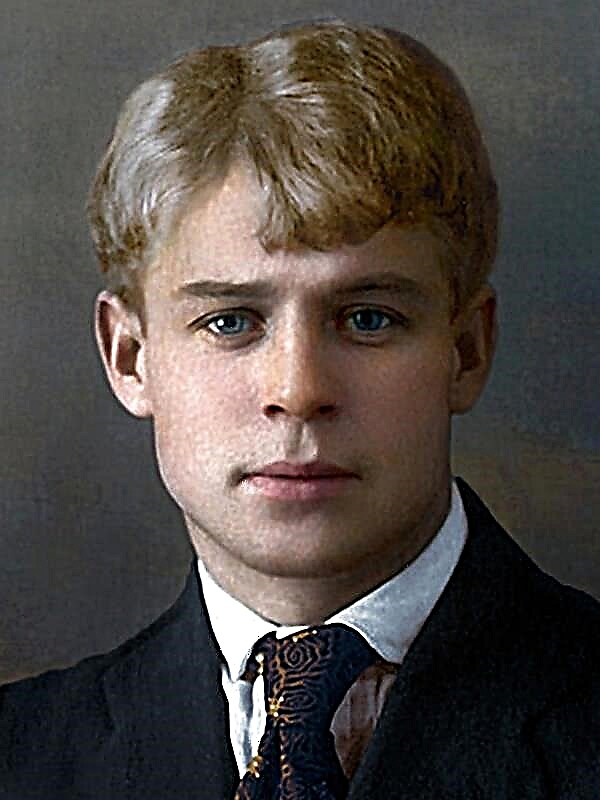
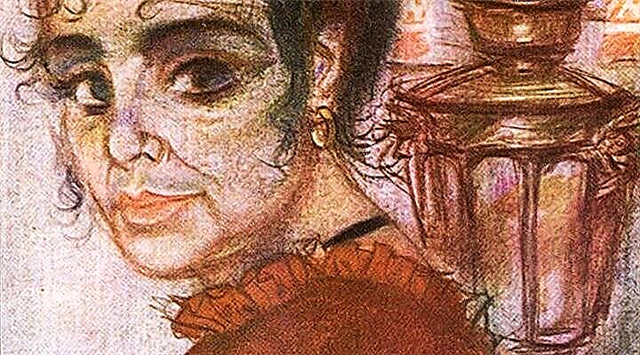 Dark alleys
Dark alleys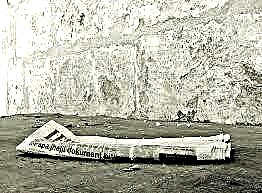

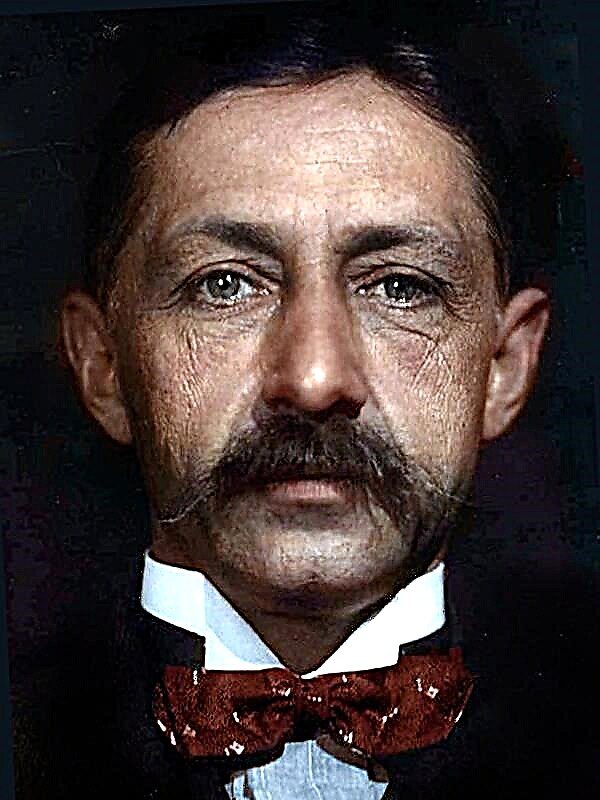
 Xue Zhengui
Xue Zhengui